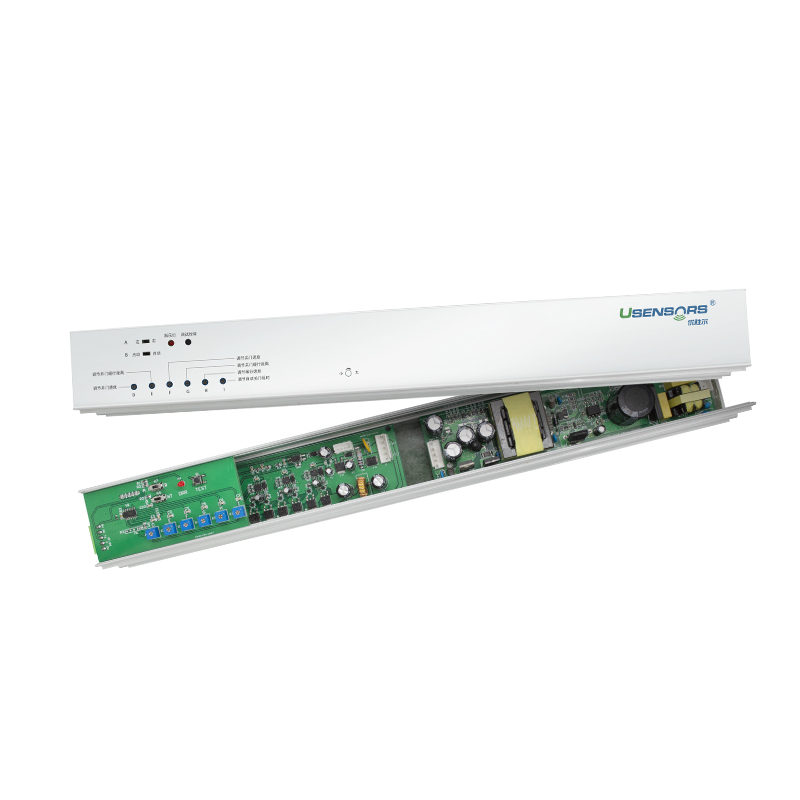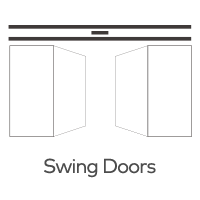Can an automatic sliding door controller be integrated with other building systems, such as access control or security systems?
The seamless operation of modern buildings relies on the integration of various systems to ensure efficiency, convenience, and security. Automatic sliding door controllers play a pivotal role in providing easy access and enhancing the aesthetics of entrances. However, their potential extends beyond mere functionality. This article delves into the possibilities of integrating automatic sliding door controllers with other building systems, such as access control and security systems, to create a holistic and comprehensive environment that enhances both user experience and safety.

1. Access Control Integration
Benefits: Integrating automatic sliding door controllers with access control systems allows for controlled entry based on user credentials. This enhances security by ensuring that only authorized individuals can enter the premises. It also streamlines the process, as users can gain access without having to physically interact with the door.
Applications: Access control integration is highly relevant in environments where restricted access is crucial, such as office buildings, hospitals, educational institutions, and secure facilities. Employees, tenants, or authorized personnel can use key cards, biometric scans, or mobile apps to gain entry through the sliding doors seamlessly.
2. Security System Integration
Benefits: By integrating automatic sliding door controllers with security systems, the doors can become part of a larger security network. This integration enables the doors to respond to security alerts or events. In case of a security breach or emergency situation, the doors can be programmed to automatically lock down or allow quick exit.
Applications: Security system integration is particularly valuable in settings where safety is paramount, such as airports, government buildings, and high-security facilities. The doors can be programmed to respond to fire alarms, intrusion alerts, or lockdown procedures, enhancing overall security and compliance.
3. Environmental Controls Integration
Benefits: Automatic sliding door controllers can also be integrated with building environmental controls. When linked with heating, ventilation, and air conditioning (HVAC) systems, the doors can assist in maintaining indoor climate control by minimizing air exchange when the doors are not in use.
Applications: Environmental control integration is valuable in environments where energy efficiency is a priority, such as shopping malls, hotels, and commercial spaces. The doors can help conserve energy by reducing the loss of conditioned air when people enter or exit the building.
4. Traffic Management Integration
Benefits: Integrating automatic sliding door controllers with traffic management systems can help regulate the flow of people and improve crowd management. The doors can be programmed to adjust opening and closing speeds based on the density of people in a specific area.
Applications: Traffic management integration is especially useful in areas with high foot traffic, such as airports, train stations, and convention centers. The doors can help maintain a smooth flow of people while preventing congestion.
Conclusion
The integration of automatic sliding door controllers with various building systems underscores the versatility and adaptability of modern building automation. By seamlessly merging access control, security, environmental controls, and traffic management, these systems create a harmonious environment that prioritizes convenience, security, energy efficiency, and user experience. As buildings become smarter and more interconnected, the potential for innovative integration between automatic sliding door controllers and other systems continues to evolve, offering a comprehensive solution that meets the diverse needs of modern spaces.







